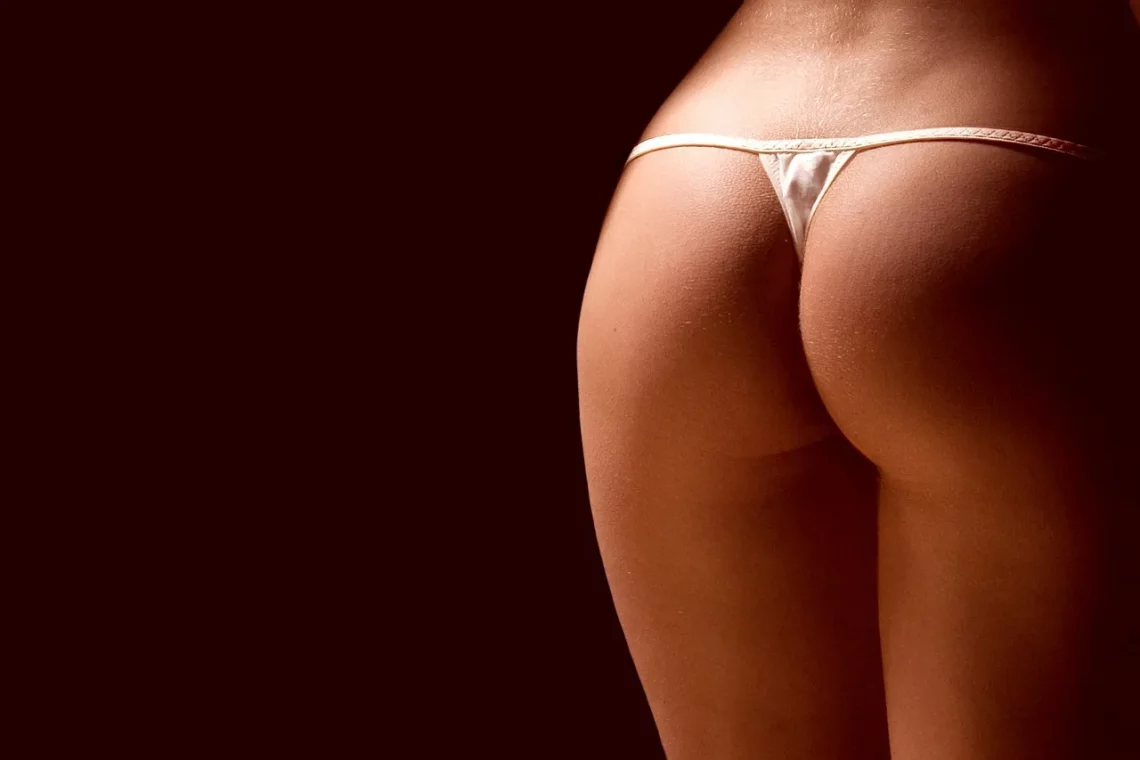
Understanding the Male Hourglass Figure: Embracing Body Diversity
Understanding and embracing body diversity has become a significant topic in contemporary discussions surrounding masculinity and body image. In recent years, societal norms have shifted, challenging the traditional perceptions of the male physique. One of the figures that has emerged in these conversations is the male hourglass figure—a body type that has often been overlooked yet is increasingly recognized for its unique aesthetic and representation of body diversity.
The male hourglass figure is characterized by a balanced upper body, a narrower waist, and a fuller lower body, striking a harmonious appearance that defies conventional standards of masculinity. This body type celebrates both strength and softness, creating a nuanced understanding of what it means to be fit and healthy. As more men express their desire to embrace their natural body shapes, it is essential to explore the implications of this shift on self-esteem, fashion, and fitness.
In today’s society, where body positivity is gaining traction, understanding the male hourglass figure helps break down stereotypes and encourages acceptance of various body types. This article delves into the significance of this body shape, the challenges faced by those who embody it, and the cultural shifts that allow for a more inclusive understanding of masculinity and attractiveness. By recognizing and celebrating body diversity, we can foster a more supportive environment for everyone.
Defining the Male Hourglass Figure
The male hourglass figure, often overshadowed by more conventional body types, is gaining recognition for its unique characteristics. It is typically defined by broader shoulders and chest, a noticeably slimmer waist, and a wider hip area. This shape not only represents a distinct aesthetic but also challenges the traditional ideals of masculinity that often emphasize bulk and muscularity.
Men with an hourglass figure may find themselves at the intersection of various body types, combining elements from both the athletic and the curvy. This body shape is often celebrated in fashion and modeling, where the balance of proportions is seen as attractive and desirable. The male hourglass figure emphasizes that masculinity does not have to conform to a single narrative; instead, it can encompass a wide range of shapes and sizes.
Understanding this body type involves recognizing the genetic and lifestyle factors that contribute to its development. Factors such as body fat distribution, muscle development, and overall health play significant roles. Some men may naturally have more pronounced curves, while others might achieve a similar appearance through targeted workouts and diet.
Moreover, the male hourglass figure is not just about aesthetics; it can also reflect an individual’s approach to health and fitness. Many men are beginning to see the value in strength training that emphasizes the core and lower body, promoting a balanced physique rather than simply focusing on upper body development. This shift in focus can lead to improved overall health and well-being.
Challenges and Stereotypes Faced by Men with an Hourglass Figure
Despite the growing acceptance of diverse body types, men with an hourglass figure often face unique challenges and stereotypes. One of the most significant hurdles is the societal pressure to conform to traditional masculine ideals, which often celebrate broader shoulders and a more rectangular body shape. As a result, those who do not fit this mold may experience feelings of inadequacy or insecurity.
The media plays a powerful role in perpetuating these stereotypes. Many advertisements and fashion campaigns feature models with hyper-masculine physiques, reinforcing the idea that only certain body types are desirable. Men who possess an hourglass shape may feel marginalized, as their bodies are often overlooked in favor of more conventional representations of masculinity.
Additionally, the fitness industry can contribute to these challenges. Many workout programs and fitness influencers promote routines that cater to achieving a specific body type, often neglecting the needs and aspirations of those with different physiques. This can create a cycle of frustration for individuals with an hourglass figure, who may struggle to find fitness advice that resonates with their personal goals and body shape.
Mental health is another critical aspect to consider. The pressure to conform to societal standards can lead to body image issues and low self-esteem. Men with an hourglass figure may feel compelled to alter their bodies through extreme dieting or exercise regimens that are not sustainable or healthy. This highlights the importance of fostering an environment that promotes body positivity and acceptance, encouraging individuals to appreciate their unique shapes and sizes.
The Role of Fashion in Embracing Body Diversity
Fashion plays a vital role in how we perceive body types and can significantly influence the acceptance of the male hourglass figure. As the fashion industry increasingly embraces body diversity, there is a growing demand for clothing that caters to different shapes and sizes. This shift not only empowers individuals to express themselves but also helps normalize a wider range of body types.
Designers and brands are beginning to recognize the importance of inclusivity, creating collections that celebrate various body shapes. For men with an hourglass figure, this means finding clothing that complements their proportions, allowing them to feel confident and stylish. Tailoring, for instance, can be an essential factor in achieving the perfect fit, as it highlights an individual’s unique body shape rather than trying to fit into a generic mold.
Moreover, the rise of body-positive influencers and models has brought increased visibility to diverse body types, including the male hourglass figure. These individuals challenge conventional beauty standards and encourage others to embrace their bodies as they are. By showcasing their styles and sharing their experiences, they inspire a new generation to prioritize self-acceptance and celebrate their unique attributes.
Social media platforms have also played a crucial role in this movement. Men are increasingly using platforms like Instagram and TikTok to share their fashion choices, fitness journeys, and body positivity messages. This grassroots approach fosters a sense of community and support, allowing individuals to connect with others who share similar experiences and challenges.
Embracing Body Positivity and Self-Acceptance
Embracing body positivity and self-acceptance is essential for everyone, regardless of their body type. For men with an hourglass figure, this journey can be particularly empowering, as it encourages them to redefine their relationship with their bodies. Understanding that beauty comes in various shapes and sizes is a crucial step in promoting mental health and well-being.
Practicing self-acceptance involves recognizing and appreciating one’s unique features and capabilities. This can be achieved through positive affirmations, surrounding oneself with supportive individuals, and engaging in activities that foster self-love and confidence. Whether through fashion, fitness, or personal expression, embracing one’s body can lead to a more fulfilling and joyful life.
Moreover, it is essential to challenge the narratives that perpetuate negative body image. By speaking openly about the struggles and triumphs of embracing body diversity, individuals can inspire others to break free from societal constraints. This collective effort can contribute to a culture that values and celebrates all body types, fostering a more inclusive environment for everyone.
In conclusion, the male hourglass figure represents a beautiful aspect of body diversity that is gaining recognition and acceptance. By understanding its characteristics, challenges, and the role of fashion, we can promote a culture of body positivity and self-acceptance. Embracing all body types not only enriches our understanding of masculinity but also encourages a more compassionate society that values diversity in all its forms.
**Disclaimer:** This article is for informational purposes only and does not constitute medical advice. For any health concerns, please consult with a qualified healthcare professional.




